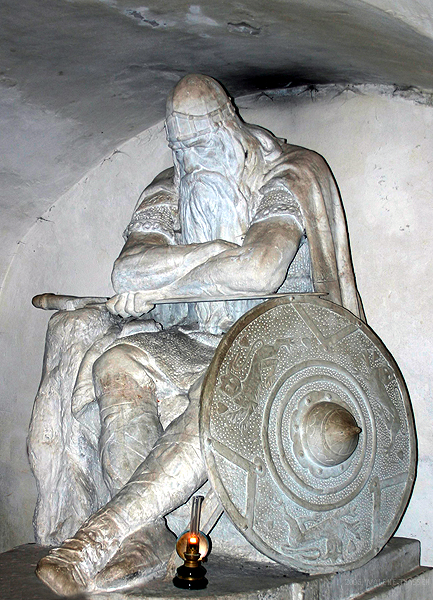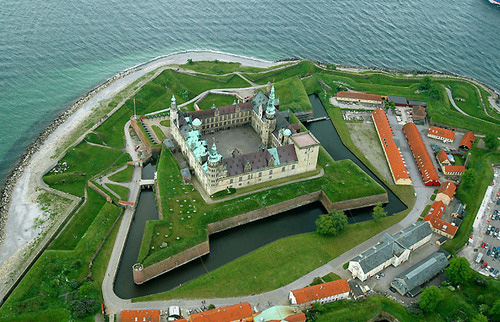Kronborg is a castle and stronghold in the town of Helsingør, Denmark. Immortalized as Elsinore in William Shakespeare’s play Hamlet, Kronborg is one of the most important Renaissance castles in Northern Europe and has been added to UNESCO’s World Heritage Sites list (2000).
Year 1891. Kronborg castle, Helsingor.
The castle is situated on the extreme northeastern tip of the island of Zealand at the narrowest point of the Øresund, the sound between Denmark and Sweden. In this part, the sound is only 4 km wide, hence the strategic importance of maintaining a coastal fortification at this location commanding one of the few outlets of the Baltic Sea.
Year 1891. Kronborg castle, Helsingor.
Year 1891. Kronborg castle, Helsingor.
Year 1891. Kronborg castle, Helsingor.
Year 1891. Kronborg castle, Helsingor.
Year 1891. Kronborg castle, Helsingor.
Year 1891. Kronborg castle, Helsingor.
The castle’s story dates back to a stronghold, Krogen, built by King Eric VII in the 1420s. Along with the fortress Kärnan, Helsingborg on the opposite coast of Øresund, it controlled the entranceway to the Baltic Sea. From 1574 to 1585 King Frederick II had the medieval fortress radically transformed into a magnificent Renaissance castle.
The main architects were the Flemings Hans Hendrik van Paesschen and Anthonis van Obbergen, whereas the sculptural work was coordinated by Gert van Groningen. In 1629 a fire destroyed much of the castle, but King Christian IV subsequently had it rebuilt. The castle also has a church within its walls. In 1658 Kronborg was besieged and captured by the Swedes who took many of its valuable art treasures as war booty.
In 1785 the castle ceased to be a royal residence and was converted into barracks for the army. The army left the castle in 1923, and after a thorough renovation it was opened to the public.
Holger the Dane
According to a legend linked to Arthurian myth, a Danish king known as Holger the Dane, was taken to Avalon by Morgan le Fay. He returned to rescue France from danger, then traveled to Kronborg castle, where he sleeps until he is needed to save his homeland. His beard has grown to extend along the ground. A statue of the sleeping Holger has been placed in the castle. In the Danish tongue he is called Holger Danske.

Year 1891, Kronborg castle, Statue of Holger the Dane, Helsingor.

